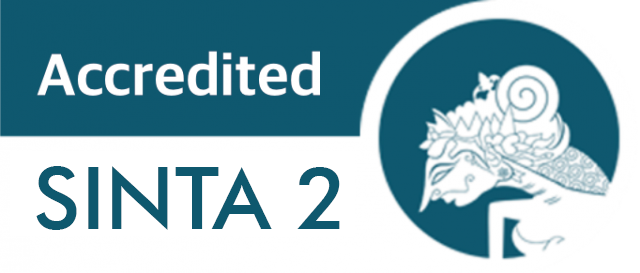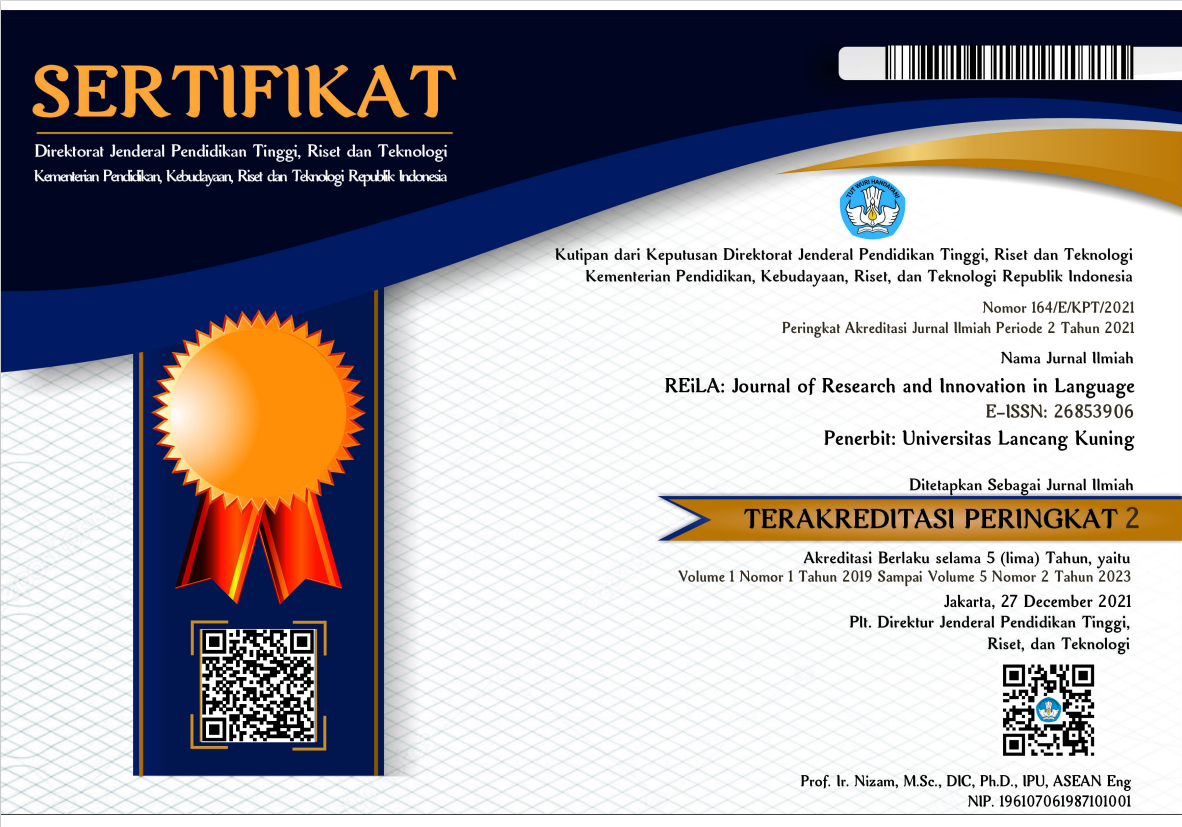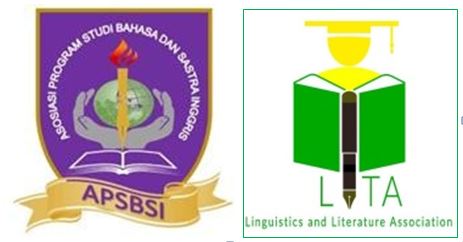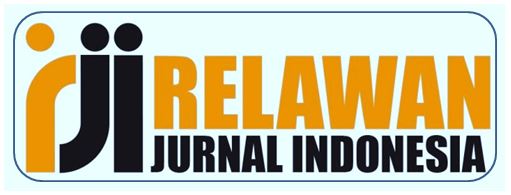Language Kinship as Regional Conflict Resolution in West Nusa Tenggara: Comparative Historical Linguistic Study
Abstract
West Nusa Tenggara (NTB) has two kinds of related ethnic languages, namely the Sasak language (BS) and the Samawa language (BSw). As related languages, the two ethnic groups often come into conflict. Conflicts are generally caused by the lack of a good and effective communication process. This study investigates the phenomenon of linguistic kinship and describes various phonemic features as a solution for resolving regional conflicts. The research uses Linguistics Historical Comparative (LHC) Theory with synchronic studies. The research method used phenomenological principles with qualitative descriptive research. The object of study is BS and BSw. The research instrument used Swadesh vocabulary and Lexicostatistical parameters. Data collection was conducted by documentation. Data analysis applied qualitative description technique includes reduction, presentation, and verification. The results showed that 68 words were the same, 52 words were similar, and 87 were different. Word relations based on parallel and serial structures of kin with contradictory meanings, such as: /apa/ (a~ə/-#), /anjing/ (c~s/#V-V#), /baru/ (a~ǝ/#C-C# and Ø~?/-#), /benar/ (k~t/#-), /benih/ (ɛ~i/#C-C#), and /bunuh/ (Ø~bǝ/#- and ?~ Ø/-#). In syllables and phonemes, BS and BSw have variants /e/ > [ǝ],[e],[Ɛ]. The percentage of relatives, 58%, is of language family status, both genetically and proto-Austronesian. The period of separation of the two languages is 1292 years, to be precise, occurred in 730 AD. The contribution of similarity is phonemically observed through three dimensions of inter-ethnic conflict resolution: signification, domination, and legitimacy. The research findings are in the form of formulations/concepts of solutions for resolving regional conflicts through the kinship of phonemic features of the Austronesian language, the traditions/culture and beliefs of speakers, and the social system of society. It is a reference for preventing regional conflicts in NTB in particular and Indonesia in general.










